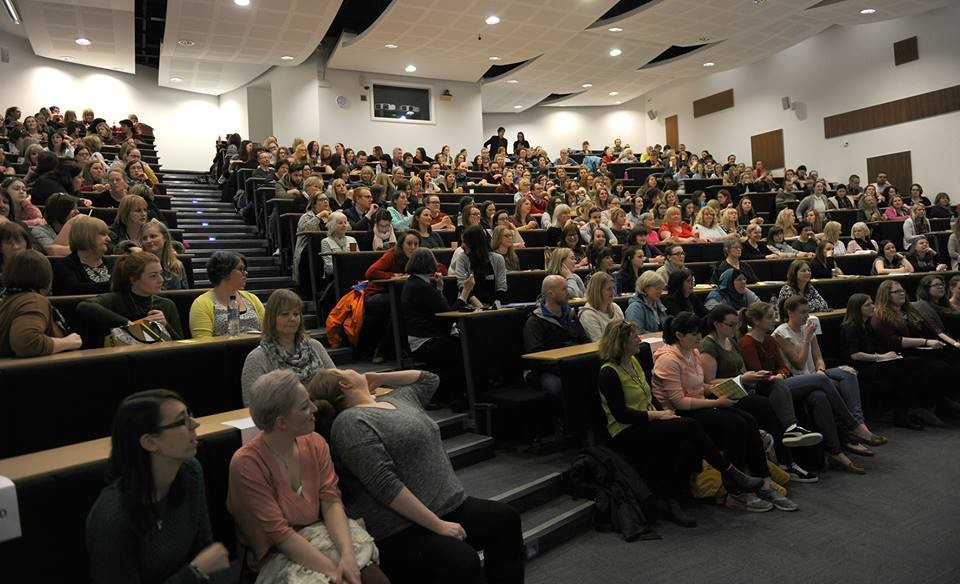“But that means everyone can fit in” (Paddington The Movie, 2014)
Just from one quote, Paddington the Movie could stem a lot of lessons about inclusion, respecting diversity and expressing feelings. However, this was not the reason behind watching this film. We had been told about Paddington the Movie in our social studies elective as it showed migration in a different way to looking at this from a crisis point of view for example in World War II. This quote just shows the diversity of the movie and how much can be taken from it. The film could be looked at with a class for health and wellbeing purposes or for social studies.
Whilst I was watching it I was thinking more from a social studies perspective as, as I have said, it was why we were prompted to watch it. Right from the beginning of the film there were a multitude of different topics in social studies that the film could act as a stimulus for. Therefore, I am going to go through the ideas I felt could be derived from the film.
Firstly, in the film the reason behind Paddington moving to London was due to a natural disaster. An earthquake hit “The Darkest Peru” and caused devastated in their jungle. The earthquake also killed Paddington’s uncle. This could be a stimulus for a class discussion of how Paddington would be feeling at this time, what the class would do in Paddington’s situation: would they stay in a ruined home/dangerous place or would they move away? This can also be used as a stimulus to look into natural disasters, can these happen where the children live? Where is the closest or most recent natural disaster? How did this affect the people of those towns?
Paddington is then left to evacuate to London on his own because his auntie is too old to move away. This can be linked directly to World War II topic where the children are forced to leave their homes to move to the countryside without any of their family or knowing where they would end up but they knew it would be the safety option in the end. The movie does make this direct correlation to the war and therefore could be an interesting discussion point. Another way to make the human connection the Paddington in this situation, the class could be asked if they were to move today and could only take a small bag, what would they put in this bag? Would the class be practical and pack food like Paddington did with his Marmalade or warm clothing or would they choose to pack things that are more modern such as phones, iPads, make up etc. This could create a discussion as to why they would take these items? Where would they charge them if they did not have a home? This takes the lesson right back to the children and can create a sense that children could be materialistic and why in a time of crisis materialistic possession would not always be most helpful.
Another small link to WWII can come through artefacts. In Paddington the Movie, Millicent, who tries to capture and stuff Paddington can be seen wearing a gas mask similar to those that would have been worn in WWII. This can be a stimulus for discussing historic artefacts. The children could guess what she is wearing and why she is wearing it? If they already know what it is, the children could discuss where else they might have found out about this artefact.
Through the film, Paddington’s idea of home and family changes. At first, Paddington does not feel like he belongs in London. He misses the Peruvian Jungle and his auntie dearly. He feels unwanted by Mr Brown but Mrs Brown tries to include Paddington into the family and find him a long term home. This could be related back to terrorist attacks or WWII through looking at how communities pull together in a time of need, how friendly Londoners/Mancunians have been in recent events to strike their city and take people in when necessary. The children could discuss how they can be helpful to their community or how they would feel taking in a stranger or being taken in by a strange family. By the end of the film, Paddington is finally settled into life in London and is now living with the Brown family permanently. Paddington says that although the Brown’s are a strange tribe and life in London is different to the Peruvian Jungle, he feels more at home now. And Mrs Brown tells him in London “Everyone is different, but that means everyone can fit in”. Even a bear.
Overall, I think throughout many points in the film it could be paused and used as a discussion piece. The movie as a whole could also be a great stimulus for many lessons regarding migration, crisis, natural disasters, inclusion, diversity and human connections.















